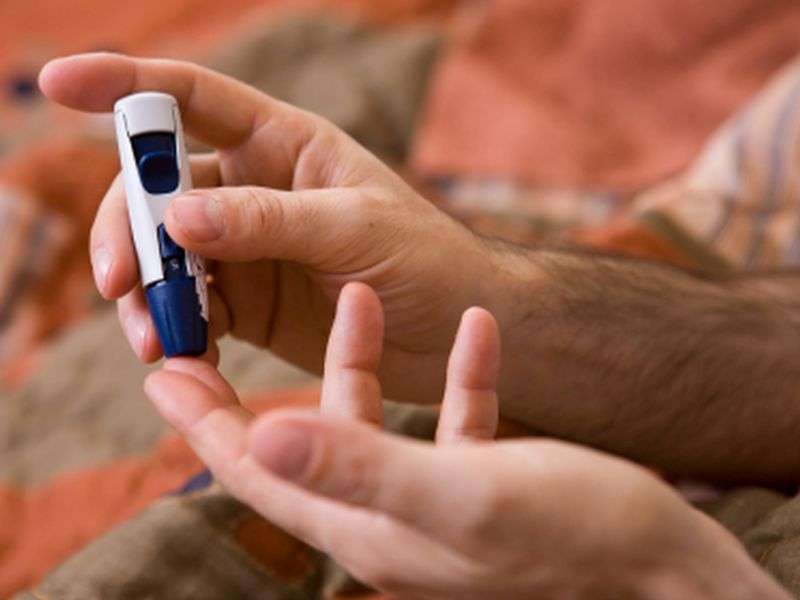Ranolazine added to glimepiride cuts HbA1c in T2DM

(HealthDay)—For patients with type 2 diabetes on background glimepiride therapy, but not metformin, addition of ranolazine is associated with a significant reduction in hemoglobin A1c (HbA1c), according to research published online Jan. 8 inDiabetes, Obesity and Metabolism.
Jeremy Pettus, M.D., from the University of California, San Diego, and colleagues examined the efficacy of ranolazine forglycemic controlinpatientswith type 2 diabetes on metformin or glimepiride. The authors randomized 431 and 442 patients to ranolazine versus placebo added to glimepiride or metformin background therapy, respectively. To correct for the metformin-ranolazine pharmacokinetic interaction, patients receiving ranolazine added to metformin had their metformin dose halved.
The researchers found that, compared with placebo, the addition of ranolazine to glimepiride was associated with a 0.51 percent decrease from baseline in HbA1c at 12 weeks, and near doubling of the proportion of patients achieving an HbA1c of <7 percent (27.1 versus 14.1 percent; P = 0.001). There was no significant difference in the 24-week HbA1c change from baseline when ranolazine was added to metformin background therapy.
"In conclusion, relative to placebo, ranolazine added to glimepiride reduced HbA1c by 0.51 percent, while combination therapy with metformin did not significantly decrease HbA1c, though this was in the setting of reduced metformin dosing relative to those taking placebo," the authors write.
Several authors disclosed financial ties to biopharmaceutical companies, including Gilead Sciences, which manufactures ranolazine and funded the research.
Explore further
Copyright © 2016HealthDay. All rights reserved.
















